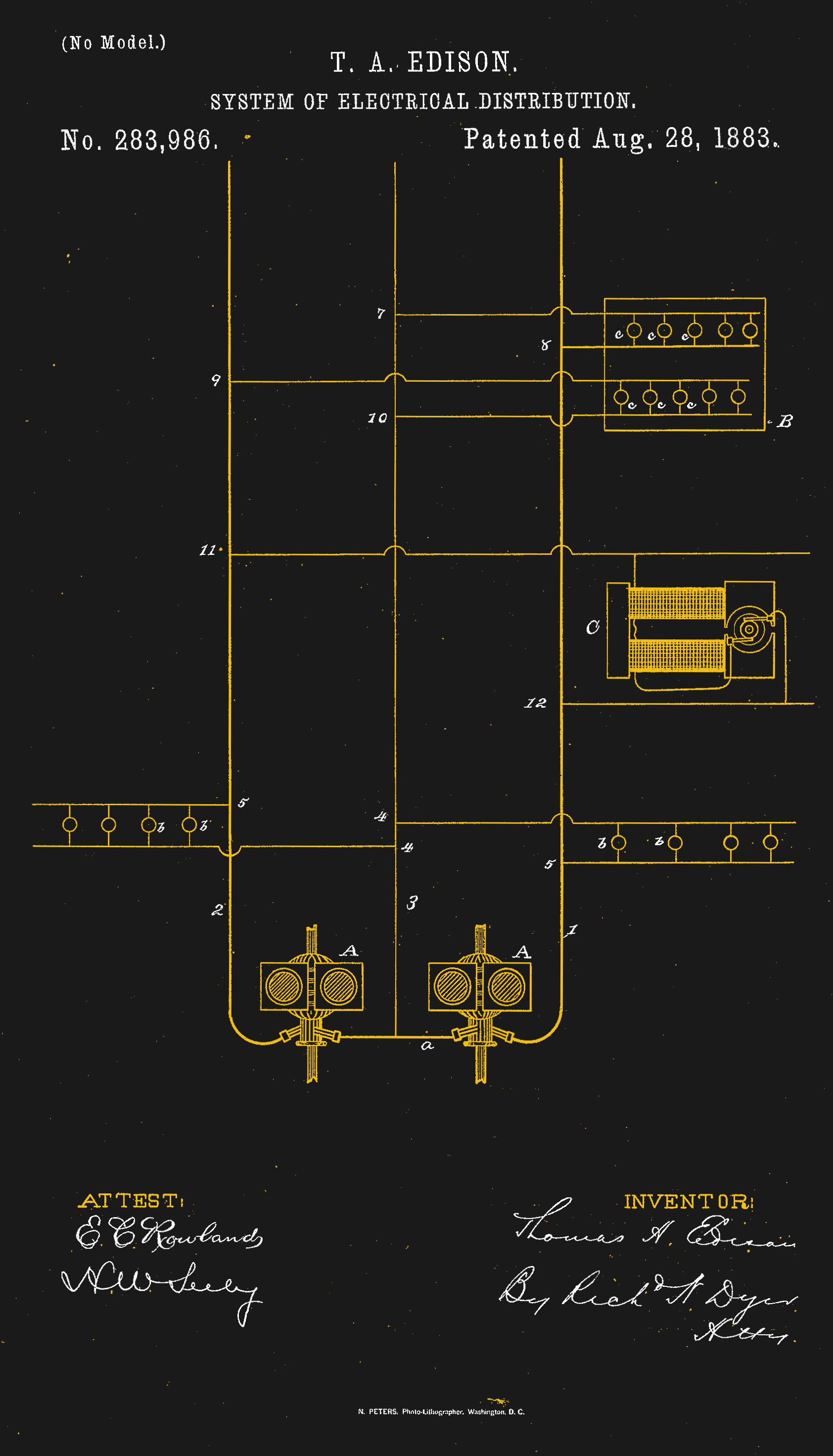During my recent trip to Europe, I found out that converters were not as commonly sold as adapters, and for a good reason. The majority of the world receives 220-240 V single phase voltage at 50-60 Hz with the surprisingly small number of exceptions being Canada, Colombia, Japan, Taiwan, the United States, Venezuela, and several other nations in the Caribbean and Central America.
While the majority of countries have one defined plug type, several countries in Latin America, Africa, and Asia use a collection of incompatible plugs for different wall outlets, which requires a number of adapters depending on the region traveled.
Although there is a fair degree of standardization among most countries with regards to the voltage used for domestic appliances, what has caused the rift between the 220-240 V standard and the 100-127 V standards used in the remaining nations?
Typical Residential Power
Mains power (or grid power, wall power, domestic power) refers to the general purpose AC electric power supply that is accessible in homes and businesses, typically for domestic appliances. Mains power can differ by voltage and frequency, and of course trying to use an incompatible value runs the risk of destroying your appliances.
Most commonly, power is delivered to a household in two or three wired contacts — a line wire (the hot contact carrying the AC between the power grid and the home), the neutral wire (completes the circuit and carries AC), and the ground wire (connects the equipment to the earth ground to protect against electric shocks).
The value for the voltage is the measurement on a single hot wire with respect to neutral or ground. Given the resistance in household wiring and the distance of extension cords used for domestic appliances, this value usually drops by the time it reaches an appliance, which is one of the reasons for values other than the mains voltage to be used for appliance ratings.
We’ve previously written about power transmission equipment and the transformers you’ll find on typical utility poles to provide residential feeds from two- or three-phase utility lines.
Where Did These Voltage Standards Originate?
The first large-scale central electric power plant was started by Thomas Edison in 1882, providing direct current (DC) at 110 V for 968 light bulbs in London. This was considered to be a “safe” voltage for consumers to use and was also the best voltage for the filaments used in his lightbulbs.
After his London plant, AC systems began to emerge in the United States, using transformers to step down higher voltages from distribution. Edison responded by patenting a three wire distribution system in 1883 to provide greater versatility for users, which soon gave way to the War of Currents (there was actually a recent motion picture released on the topic).
Within the United States, after AC proved superior, Westinghouse Electric adopted the 110 VAC 60 Hz standard. European power companies, on the other hand, pushed the voltage to 240 V in order to improve distribution efficiency. At this point, insulated wires …read more
Source:: Hackaday

